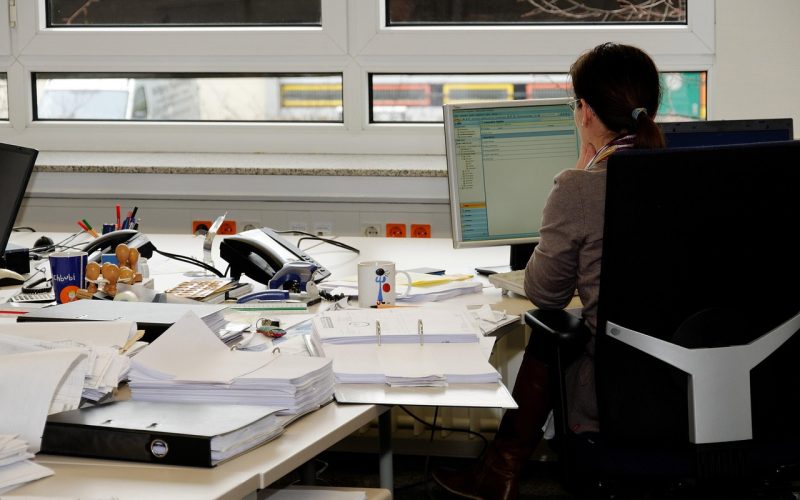When businesses grow, operations need to scale accordingly. One area where companies often face challenges during growth is packaging. Many businesses start with manual packing processes, but as demand rises, these methods can become inefficient and costly. Transitioning to machine packing offers significant advantages, particularly in cost-effectiveness and time efficiency. For organisations involved in operations like contract packing and contract bagging, this switch can be an essential step in supporting scalable and sustainable growth.
Manual packing struggles with high volumes
Manual packing may initially seem like a cost-effective solution for small-scale operations. It does not require significant upfront investments, and with careful planning, employees can manage smaller orders efficiently. However, as order volumes increase, this approach quickly begins to show its limitations.
Relying on manual labour for packing can lead to slower turnaround times. Human packers can only operate at a certain speed and are more likely to experience fatigue over long shifts, which reduces efficiency. Furthermore, when demand spikes, scaling up requires hiring more staff — a process that can be both time-consuming and expensive. Thus, manual packing often becomes impractical for businesses dealing with high volumes.
Machine packing boosts productivity
The primary advantage of machine packing is its ability to significantly boost productivity. Machines operate at consistent speeds for extended periods, easily outpacing manual labour. For contract packing operations, this ability to meet high volumes without sacrificing quality is invaluable.
Machine packing ensures orders are processed quickly and accurately.
Whether it's contract packaging complex goods or contract bagging bulk products, automated systems can be calibrated to meet specific requirements. This precision reduces errors, improves quality control, and enhances customer satisfaction. Speed and reliability are core elements that machines deliver, allowing businesses to handle growing demand with ease.
Cost-saving benefits of automation
Although transitioning to machine packing requires upfront investment, the long-term cost savings are undeniable. One of the most significant savings comes from reduced labour costs. A single packing machine can often replace several manual workers, which lowers wage expenses. These savings are especially impactful for contract packing businesses, where labour-intensive manual processes can quickly eat into profit margins.
Additionally, automated systems minimise wastage. Precise settings ensure consistent product dimensions and reduce errors, which can otherwise lead to wasted materials or rejected products. Over time, these savings in both labour and materials more than offset the initial expense of purchasing equipment.
Supporting business scalability
For businesses aiming to grow, scalability is essential. Manual packing systems struggle to scale efficiently because they depend heavily on human resources. With machine packing, scaling operations becomes much simpler. Packing machines can be easily upgraded or customised to handle new product lines, volumes, or packaging requirements.
This scalability is crucial for contract bagging businesses, where clients often demand quick adjustment to shifting needs. Machine systems allow companies to respond flexibly without disrupting their workflows or compromising on quality. Additionally, machines that handle a variety of packing formats make it easier to diversify product offerings, opening new revenue streams.
Enhancing workplace safety and employee satisfaction
Another often-overlooked benefit of machine packing is its positive impact on workplace safety and employee morale. Manual packing can involve repetitive tasks, heavy lifting, and long hours, potentially resulting in workplace injuries or dissatisfaction. Automating these processes reduces the physical strain on employees, allowing them to focus on higher-value tasks such as quality checks or system maintenance.
By investing in safety and efficiency through machine packing, businesses can create a healthier and more engaging work environment. Employees appreciate having modern tools that make their jobs easier, which can lead to increased job satisfaction and reduced staff turnover.
A strategic decision for future growth
Ultimately, transitioning from manual to machine packing is a strategic choice for businesses that want to grow while maintaining cost-effectiveness and efficiency. Contract packing and contract bagging operations, in particular, can benefit from automation's ability to handle large volumes, deliver consistent quality, and reduce overhead costs.
The upfront investment in machinery might seem daunting at first, but the long-term gains in productivity, scalability, and employee well-being far outweigh the initial expense. For growing businesses, machine packing isn't just an option — it's a critical step toward achieving sustainable success.





